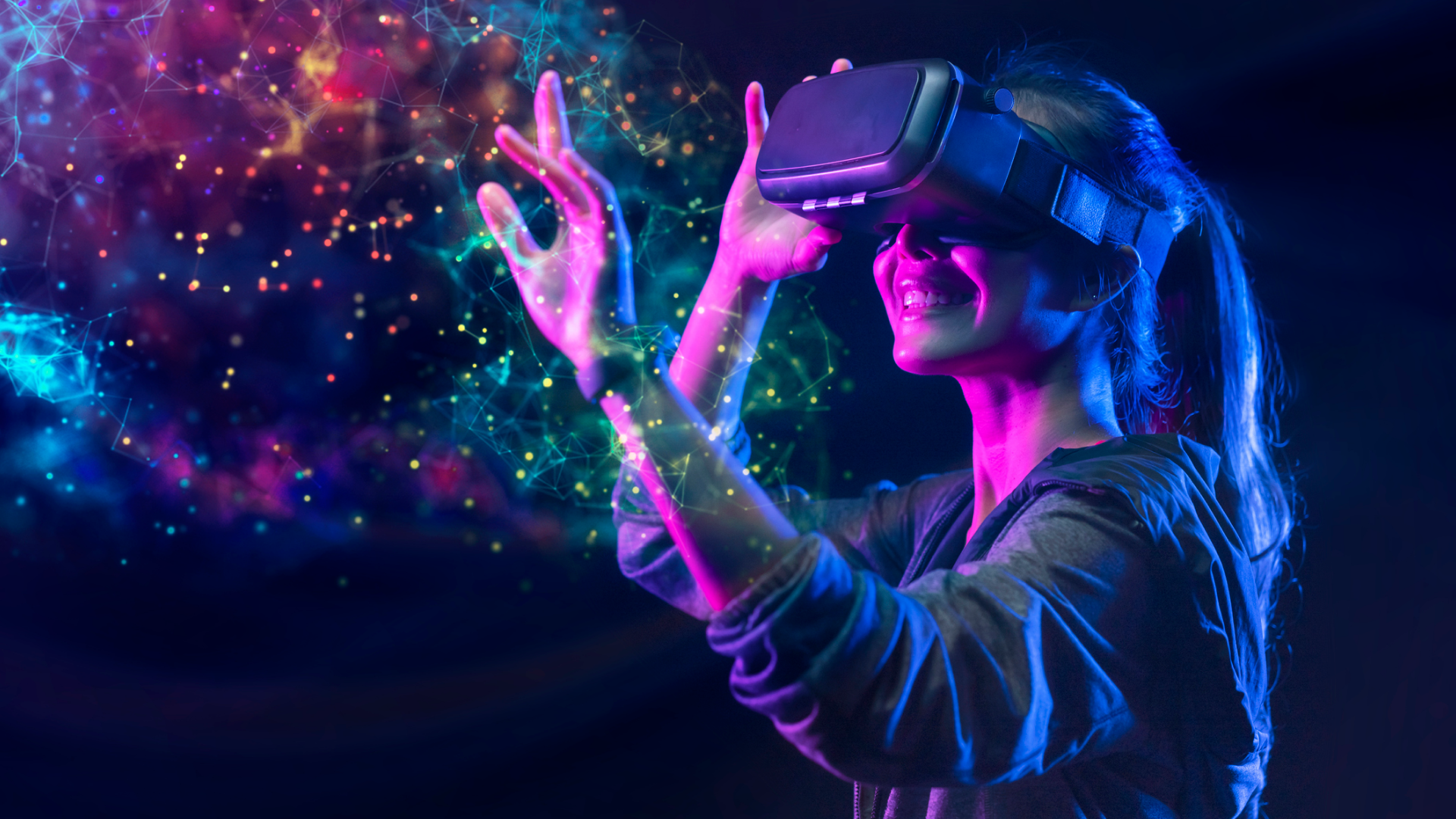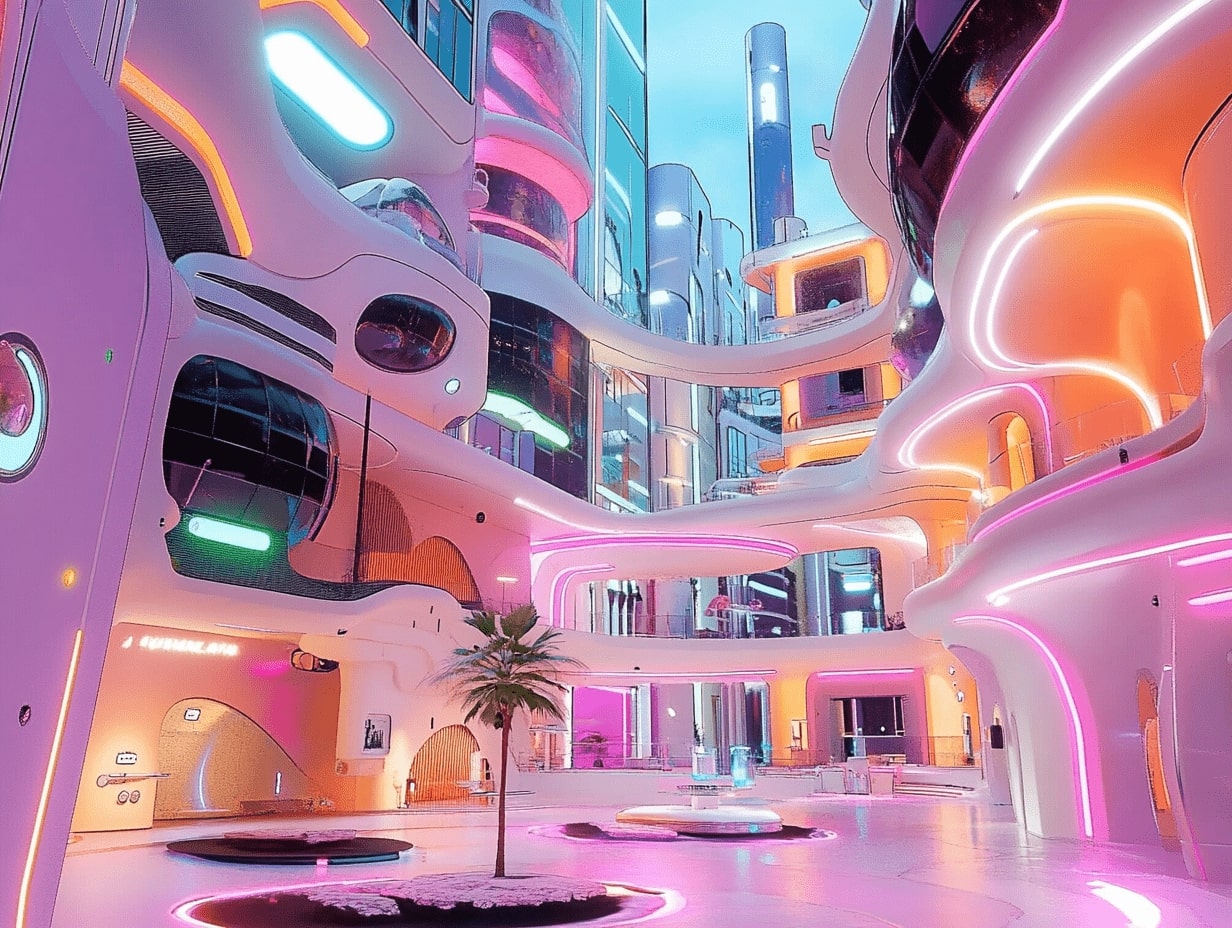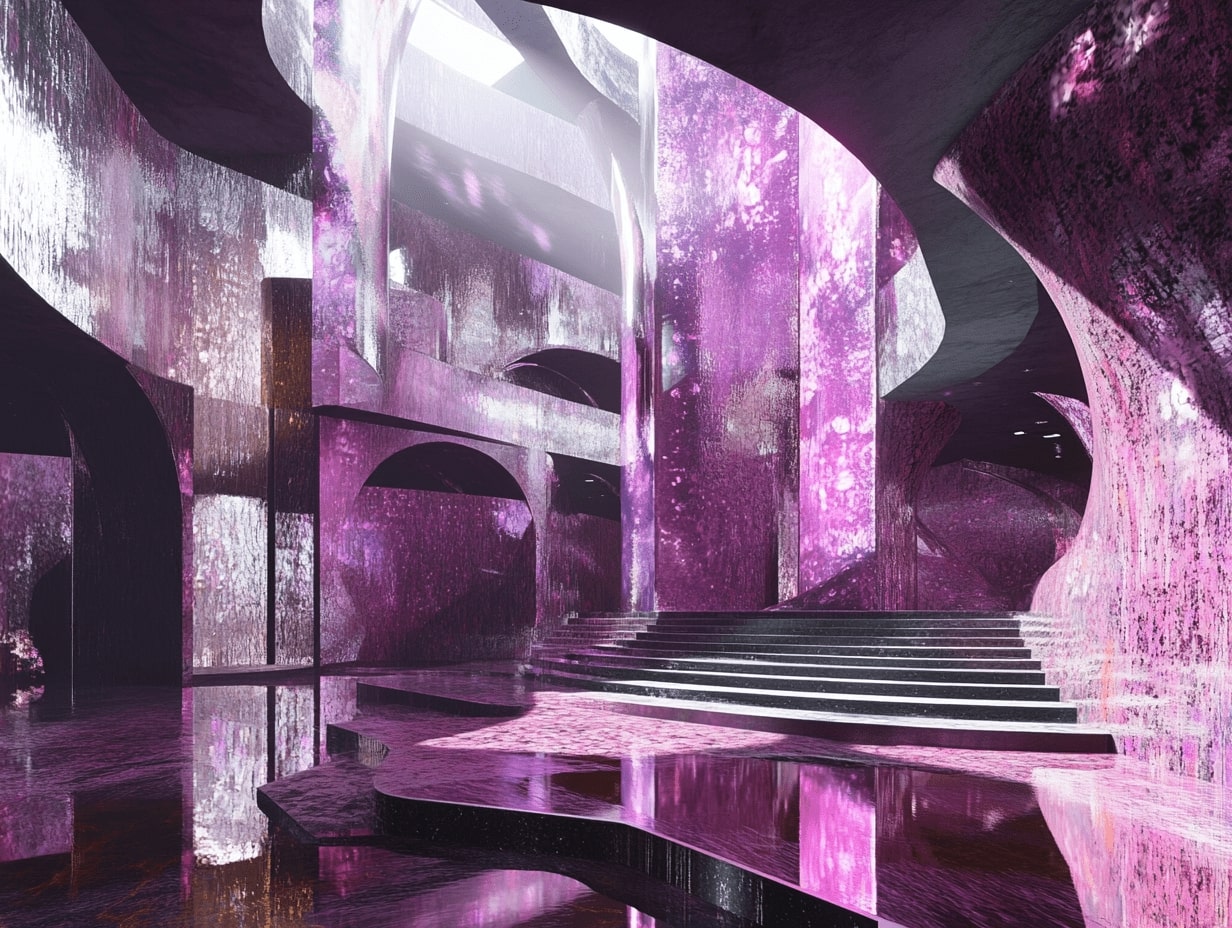- Home
- Articles
- Architectural Portfolio
- Architectral Presentation
- Inspirational Stories
- Architecture News
- Visualization
- BIM Industry
- Facade Design
- Parametric Design
- Career
- Landscape Architecture
- Construction
- Artificial Intelligence
- Sketching
- Design Softwares
- Diagrams
- Writing
- Architectural Tips
- Sustainability
- Courses
- Concept
- Technology
- History & Heritage
- Future of Architecture
- Guides & How-To
- Projects
- Interior Design
- Competitions
- Jobs
- Store
- ToolsNew
- More
- Home
- Articles
- Architectural Portfolio
- Architectral Presentation
- Inspirational Stories
- Architecture News
- Visualization
- BIM Industry
- Facade Design
- Parametric Design
- Career
- Landscape Architecture
- Construction
- Artificial Intelligence
- Sketching
- Design Softwares
- Diagrams
- Writing
- Architectural Tips
- Sustainability
- Courses
- Concept
- Technology
- History & Heritage
- Future of Architecture
- Guides & How-To
- Projects
- Interior Design
- Competitions
- Jobs
- Store
- ToolsNew
- More

What is AR and VR?
AR is an interactive experience that augments and superimposes a user’s physical environment with computer-generated input. AR is the overlay of 3D digital building or building component models integrated with data onto real-world settings in architecture.

A VR architectural presentation, on the other hand, gives you a full 360-degree picture, allowing you to gain a sense of space and design as well as grasp the true scale of a project. Enscape was founded in 2013 with the hope that one day every architecture project might be viewed in virtual reality.
What are Differences between AR and VR
Augmented reality gives us a clear picture of what will be developed in the future, allowing us to present potential customers the exact vision of their project in a real-world context. Models may be seen from several perspectives, including standing on the real site. When the foundations are not in place, all you need is a smartphone, iPad, or mixed reality glasses to display a full-scale model. If we are unable to visit to the building site, virtual tours are another option given by augmented and virtual reality.

-AR users have control over their physical presence in the environment, but VR users are controlled by the system.
-While VR requires a headgear device, AR may be accessed with a smartphone.
-AR improves both the virtual and real worlds, whereas VR simply improves a fictitious reality.
AR/VR Technologies in Architecture
In recent years, the advancement and discoveries of augmented and virtual reality have dramatically revolutionized numerous sectors. Building and architecture are not far behind, with considerable changes in design, modeling, and construction as a result of the advent of these technologies.

Their introduction provides advantages in jobs engaged throughout the complete employment process, particularly in the presentation of a design. It enables clients and architects to make adjustments before to the start of construction, considerably lowering costs, time, and mistakes.
Most architectural companies in the United States are adopting VR and AR into their operations, which will result in an increase in work internationally. As a result, we shall go into great length regarding its significance and the benefits it provides. CAD models may be converted into photorealistic renderings and augmented reality settings using VR and AR. This is extremely valuable for architects, allowing them to quickly move 3D building models from the computer to the actual world.
Top Firms of AR/VR Industry

- Next/Now Agency
NEXT/NOW is a process-driven innovation agency that specializes in experience design for ambitious leaders that want to make a difference in the world. They apply a visionary approach rooted in strategic thinking, resulting in ground-breaking concepts that achieve outcomes. The work of NEXT/NOW in emerging technologies, immersive experiences, and brand activations aims to find new ways to interact with people.
- Groove Jones
Groove Jones is a technological firm that is driven by creativity. Groove Jones, founded in 2015, has become one of the world’s most award-winning XR (Extended Reality) studios, earning many Event Marketer’s EX Gold Awards, Shorty Awards, Obie, Clio, and Digiday Awards for our work.
They are best recognized for our award-winning work in augmented reality, virtual reality, machine learning (ML), webGL, and web 3.0 development for advertising and marketing, sales enablement, and enterprise training.

- Queppelin
You may gain access to Metaverse by utilizing Queppelin’s end-to-end solutions, which will allow your company to participate in this environment both now and in the future.
Queppelin has 11 years of expertise developing AR and VR applications, immersive experiences for advertisers, and integrating AI into these applications for long-term sustainability.
They have created VR platforms to assist thousands of factory employees in improved training, AR platforms for museums and retailers, and mobile streaming systems that transmit billions of bytes of data every day.
- The Intellify
The Intellify platform provides feature-rich and business-specific apps that are rigorously created and built utilizing cutting-edge technologies such as Augmented Reality, Virtual Reality, AR Filters, and 3D Modeling & Animation.
Experts at Intellify have in-depth understanding of their subject and promote the development of appealing apps. Their success continues unabated with the completion of our 130th project in less than two years.
- Mutual Mobile
Companies are building totally new business models and income streams with Mutual’s assistance, changing industry expectations. Their award-winning products outperform the competition across sectors and verticals, establishing us as a one-of-a-kind business with extensive experience in every digital department.

Submit your architectural projects
Follow these steps for submission your project. Submission FormLatest Posts
The Evolution of Web Gaming: HTML5’s Place in the Industry
The gaming landscape has undergone a seismic transformation over the last few...
Exploring The Future of Architecture in the Metaverse: Trends and Innovations
Explore how the metaverse is revolutionizing architecture by liberating designs from physical...
Exploring Metaverse Architecture: Innovations & Future Trends in Digital Design
Explore the groundbreaking innovations in metaverse architecture as digital design transcends the...
Discovering New Horizons: Exploring Architecture in the Metaverse
Dive into the realm where architecture and technology intertwine in the metaverse....












Leave a comment